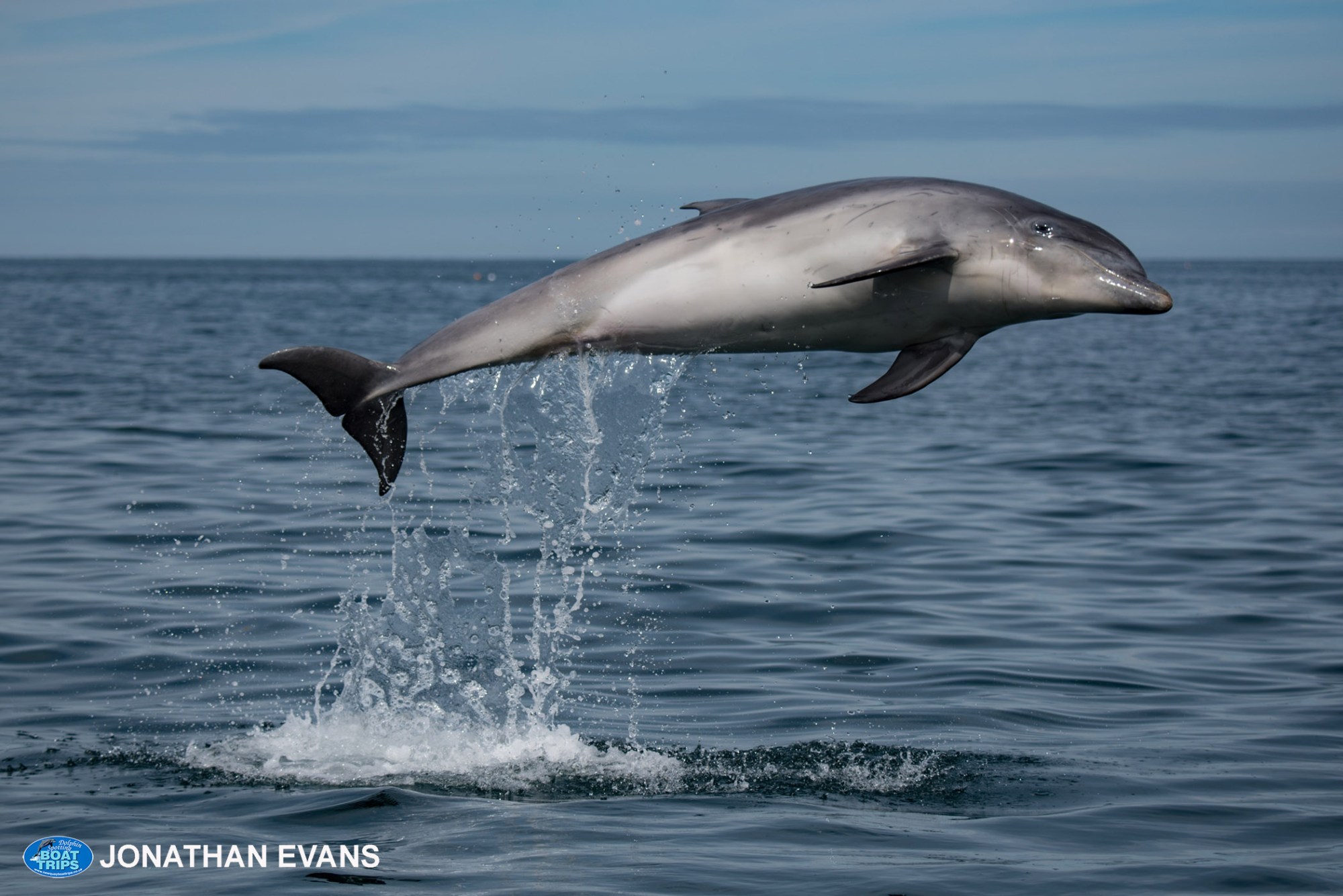How do Bottlenose Dolphins Sleep Without Drowning?

To avoid drowning during sleep, it is crucial that marine mammals retain control of their blowhole. The blowhole is a flap of skin that is thought to open and close under the voluntary control of the animal. Although still a matter of discussion, most researchers feel that in order to breathe, a dolphin or whale must be conscious and alert to recognize that its blowhole is at the surface.
Humans, of course, can breathe while the conscious mind is asleep; our subconscious mechanisms have control of this involuntary system. But equipped with a voluntary respiratory system, whales and dolphins must keep part of the brain alert to trigger each breath.
While sleeping, the bottlenose dolphin shuts down only half of its brain, along with the opposite eye. The other half of the brain stays awake at a low level of alertness. This attentive side is used to watch for predators, obstacles and other animals. It also signals when to rise to the surface for a fresh breath of air. After approximately two hours, the animal will reverse this process, resting the active side of the brain and awaking the rested half. This pattern is often called cat-napping but its proper name is unihemispheric slow wave sleep.
Dolphins generally sleep at night, but only for a couple hours at a time; they are often active late at night, possibly matching this alert period to feed on fish or squid, which then rise from the depths. Bottlenose dolphins, based on electroencephalogram (EEG) readings, spend an average of 33.4 percent of their day asleep. It is not clear whether cetaceans undergo dream sleep. Rapid Eye Movement (REM)–a characteristic of deep sleep–is hard to discern. But a pilot whale was noted as having six minutes of REM in a single night.
Finally, these animals have a higher tolerance for carbon dioxide (CO2). Their brains do not trigger a breathing response until the levels of CO2 are much higher than what humans can tolerate. These mechanisms, part of the marine mammal diving response, are adaptations to living in an aquatic environment and help during the process of sleeping. Cetaceans reduce the number of breaths they take during rest periods; a dolphin might average 8 to 12 breaths a minute when fairly active only to have their breathing rate drop to 3 to 7 per minute while resting.
Info from: https://www.scientificamerican.com/
